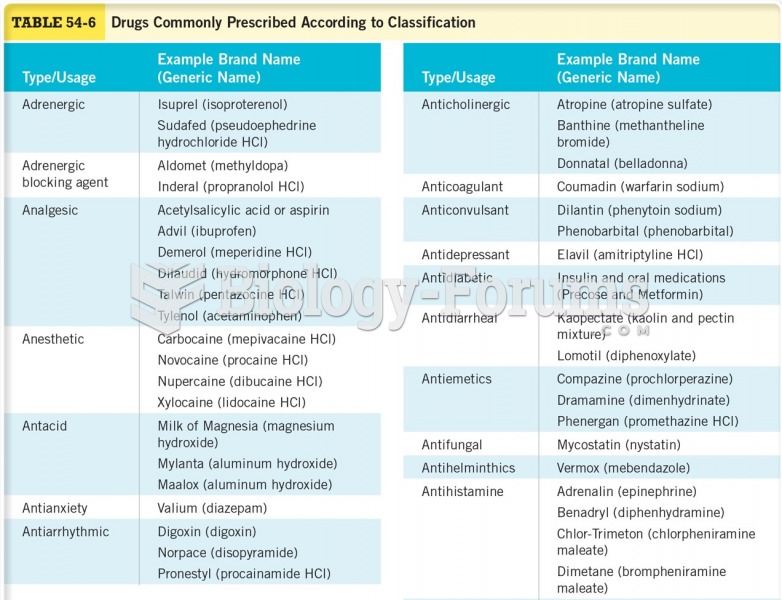Answer to Question 1
Correct Answer: 4
Rationale 1: Alfuzosin (Uroxatral) does not increase the formation of residual urine in the bladder.
Rationale 2: Alfuzosin (Uroxatral) has no effect on the sodium in the kidney tubules.
Rationale 3: Alfuzosin (Uroxatral) does not cause excessive excretion of sodium in the urine.
Rationale 4: Alfuzosin (Uroxatral) is an alpha1-antagonist drug that causes increased urinary frequency due to more active smooth muscle contractions in the urinary tract.
Global Rationale: Alfuzosin (Uroxatral) is an alpha1-antagonist drug that causes increased urinary frequency due to more active smooth muscle contractions in the urinary tract. Alfuzosin (Uroxatral) does not increase the formation of residual urine in the bladder, has no effect on the sodium in the kidney tubules, and does not cause excessive excretion of sodium in the urine.
Answer to Question 2
Correct Answer: 1
Rationale 1: Alpha1 receptors in the smooth muscle in the trigone and sphincter muscles at the base of the urinary bladder and in the prostate are blocked by this drug, causing relaxation of these muscles and an increase in the urine flow in clients who have difficulty voiding.
Rationale 2: Alpha2 receptors are not seen in the smooth muscles of the urinary bladder. Also, tamsulosin is an alpha1-blocking agent and does not affect the alpha2 receptors.
Rationale 3: Beta2 receptors are not seen in the smooth muscles of the urinary bladder. Also, tamsulosin is an alpha1-blocking agent and does not affect the beta2 receptors.
Rationale 4: Beta1 receptors are not seen in the smooth muscles of the urinary bladder. Also, tamsulosin is an alpha1-blocking agent and does not affect the beta1 receptors.
Global Rationale: Alpha1 receptors in the smooth muscle in the trigone and sphincter muscles at the base of the urinary bladder and in the prostate are blocked by this drug, causing relaxation of these muscles and an increase in the urine flow in clients who have difficulty voiding. Alpha2 receptors are not seen in the smooth muscles of the urinary bladder. Also, tamsulosin is an alpha1-blocking agent and does not affect the alpha2 receptors. Beta2 receptors are not seen in the smooth muscles of the urinary bladder. Also, tamsulosin is an alpha1-blocking agent and does not affect the beta2 receptors. Beta1 receptors are not seen in the smooth muscles of the urinary bladder. Also, tamsulosin is an alpha1-blocking agent and does not affect the beta1 receptors.







